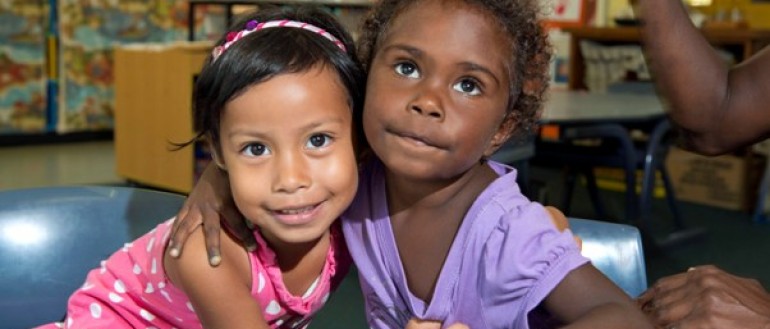Aims:
- To pilot a dietary intake tool to record the daily intake of food and beverages for children.
- To explore the childhood anaemia health literacy of health practitioners and community members.
- To gain an understanding of the factors influencing the low implementation of childhood anaemia screening and treatment guidelines.
Research questions:
- Was video recording of meal preparation and eating, including breast feeding and drinks consumed, an acceptable dietary tool to use in communities?
- Were focus groups an acceptable method to obtain information on anaemia health literacy and the low uptake of anaemia screening and treatment guidelines or will individual in-depth semi-structured interviews be a more appropriate method, or do we need both methods?
Summary:
We were able to establish that the use of photographs or video recordings was an acceptable tool to provide evidence on the dietary intake of children. Families did not find this tool culturally unacceptable, however cultural obligations often prevented them from taking photographs or video recordings of dietary intake. Through group and individual interviews we were able to establish that there was broad community knowledge of anaemia that was more specialized for health practitioners. Community members and health practitioners had a good understanding of what foods prevent and treat anaemia however further exploration of their knowledge is required to identify barriers that prevent people from eating iron rich food.
Knowledge of common causes and medical treatments for anaemia were known, however this knowledge was often limited to the personal experience of the community member or the speciality area of the health practitioner. Improvements in health practitioner knowledge and processes for follow-up care with adaptations to the electronic health record system are recommended to improve the implementation of the anaemia screening and treatment guidelines.
Chief investigator:
Project manager:
Contact information:
Project dates:
The project ran from March - December 2013.

